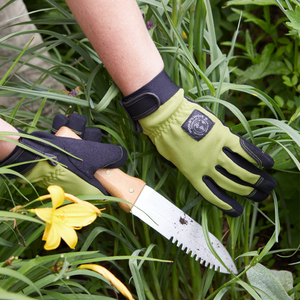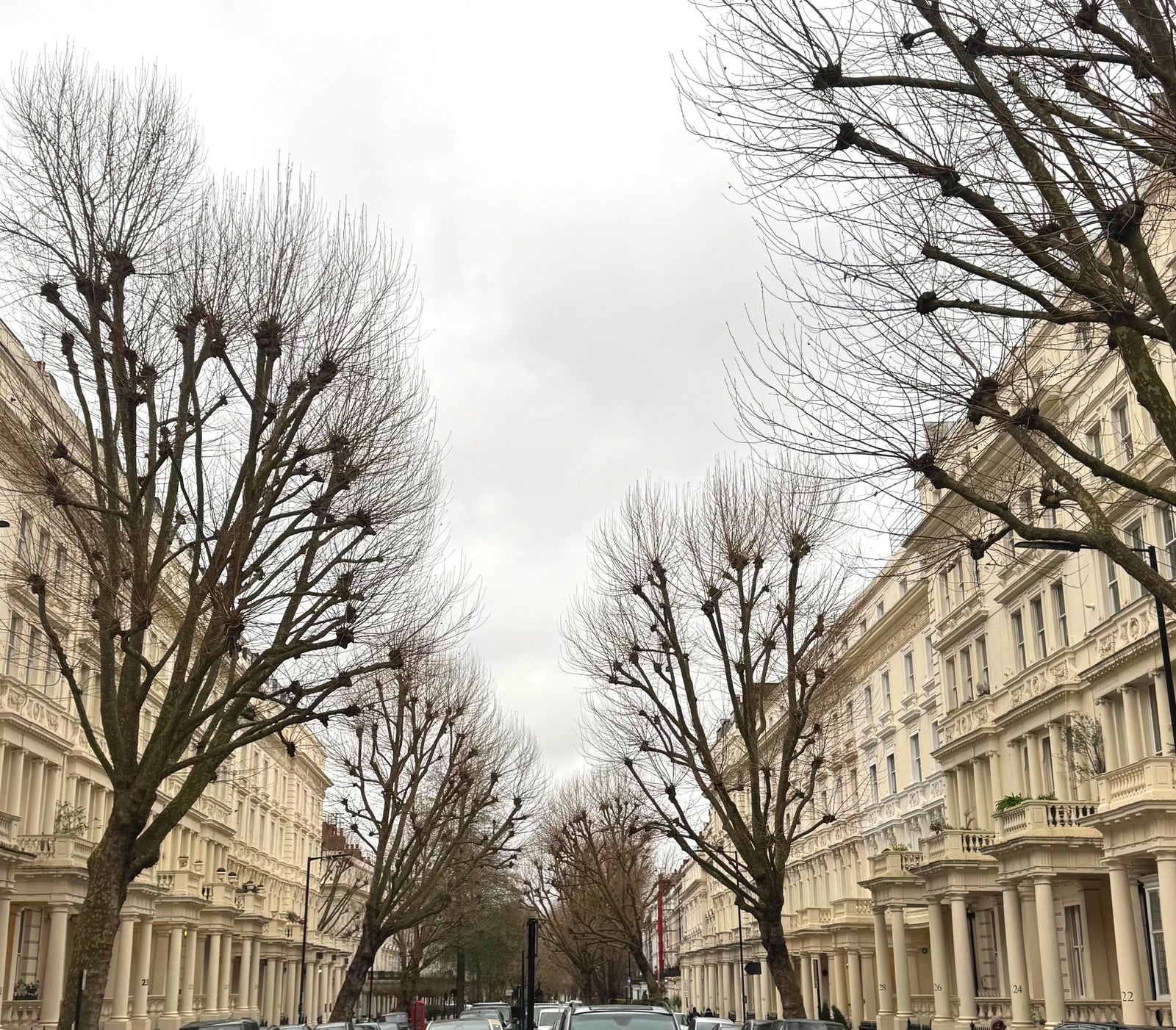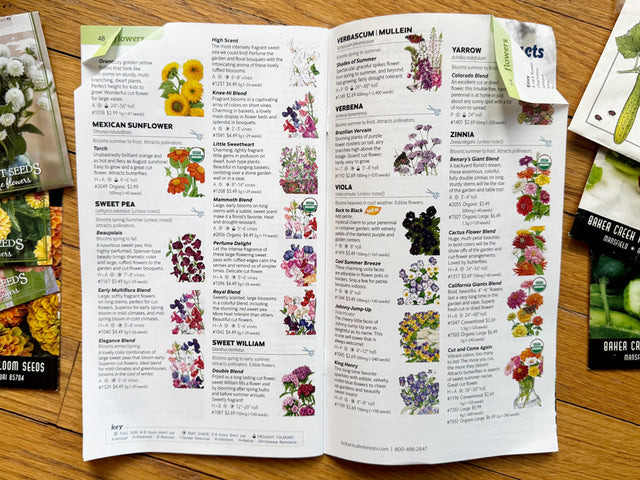Pollarding is a pruning technique that involves the removal of upper branches of a tree, promoting the growth of a dense head of foliage. The streets of London are filled with pollarded trees, as I saw on our recent trip there.
Pollarding has a long tradition in Europe and England. It was first mentioned in writings about ancient Rome in the first century BCE. The first time I visited Paris in the winter I was taken by the exotic pollarded trees I saw, with their club headed branches. It's not a natural look, and it's not to everyone's taste, but I liked them.
Originally trees were pollarded so that wood could be harvested without killing the tree. Also, the new sprouts that grow out of the pollarded branches were used for basket weaving. Willow trees are especially good for that.
Today there is another practical side to pollarding. In a densely populated area such as a city it makes the tree more manageable in size. There are fewer overhanging branches that can fall off or blow off in the wind. Think of it as making the tree more compact or contained.
Pollarding is done when the trees are dormant, and young, to reduce the stress on the tree. We found an interesting article on pollarding for anyone who wants to know more about the "How To" of it. Click here for the article.
Leave a comment below and tell us what you think of pollarded trees!
 Pollarded London plane tree, London January 2025
Pollarded London plane tree, London January 2025
 Willow tree in London. The sprouts can be harvested for many uses, including building cages around some of the tender plants that need protection from snow and inclement weather.
Willow tree in London. The sprouts can be harvested for many uses, including building cages around some of the tender plants that need protection from snow and inclement weather.
 Agave plants in London's Regent Park, with willow branches forming a cage on which horticultural fleece will be draped if snow is in the forecast.
Agave plants in London's Regent Park, with willow branches forming a cage on which horticultural fleece will be draped if snow is in the forecast.
Find similar articles:
Presenting "The Curious Gardener"






